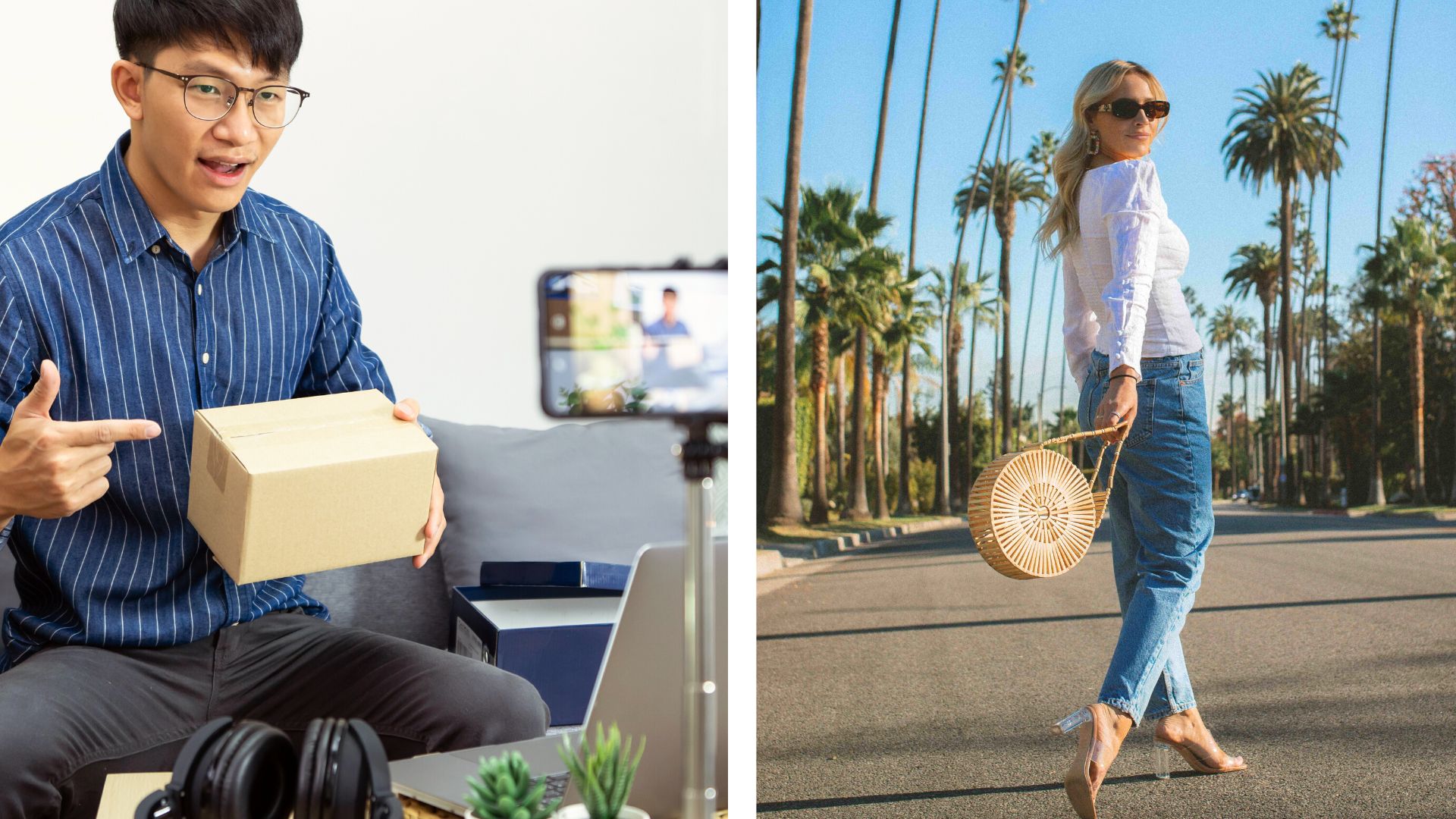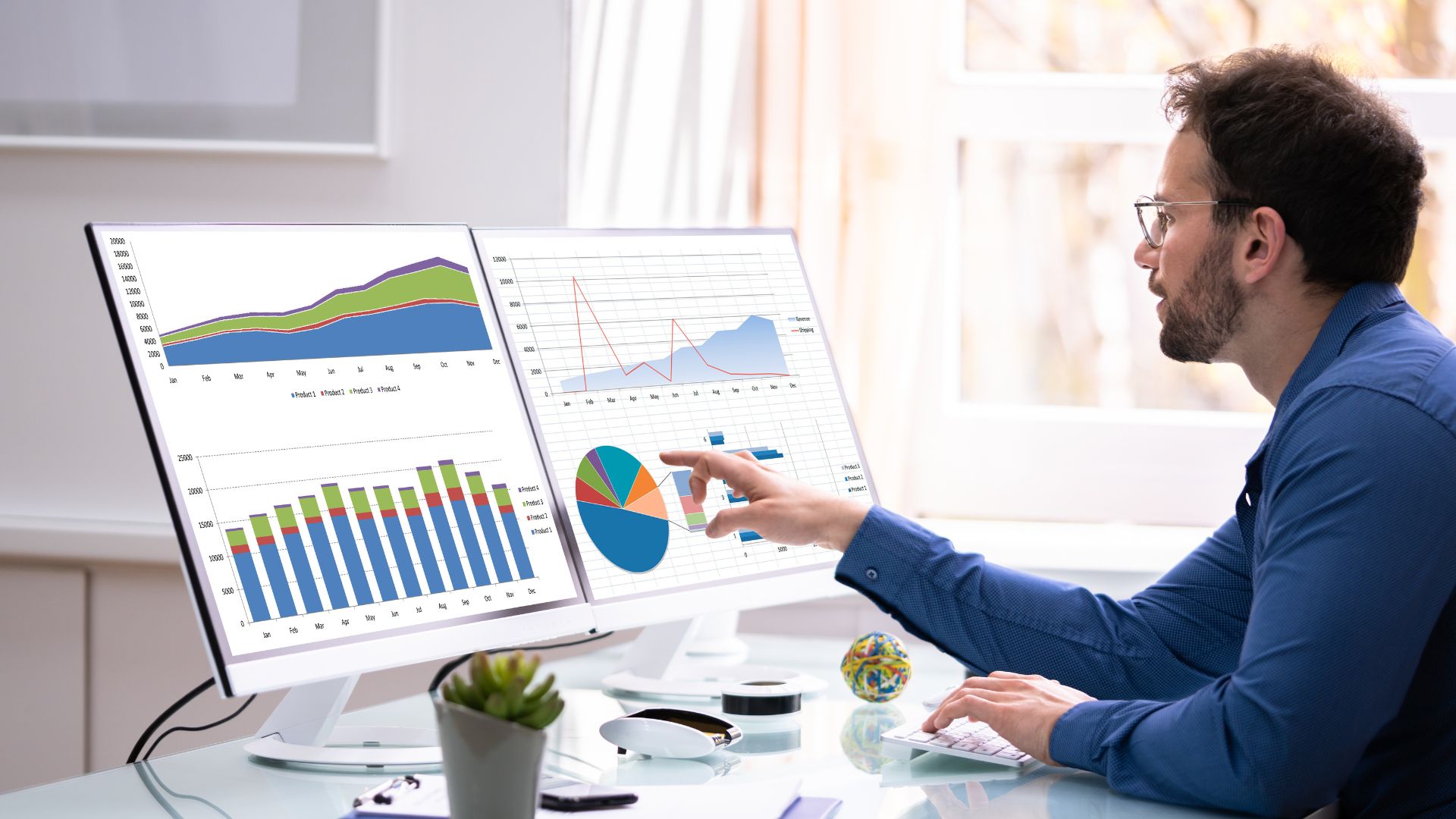Instagram influencers wield power in the marketplace. Digital marketers can readily agree on that. But how did Instagram influencers come to occupy that position of prestige and power? A little examination shows that their rise follows a long-established pattern.
The word “influencers” entered the English language roughly a decade ago. The term denotes individuals who have amassed social media followings and use their voices to promote products, services, trends, or even ideas or mindsets. Their influence sometimes extends beyond what comprises, ostensibly, their subject matter, to affect even matters of daily living and decision-making among their following. Since influencers exert so much sway within their field and following, companies often pursue them as prime candidates for propelling marketing campaigns.
What is an Instagram Influencer?
Instagram influencers are those individuals who created Instagram accounts and worked themselves into high profile positions. The top influencers within any Instagram circle have big followings and their messaging affects consumer habits. How much? Lots! Sometimes influencers manage to elevate themselves into a kind of royalty, almost – one that has all but make-or-break powers where certain products or services are concerned.
A Brief History Of The Influencers Phenomenon
Society has always had influencers in its midst. Great military figures and royalty set trends that the public followed, sometimes devotedly. In the middle of the eighteenth century, in England, Wedgwood designed a tea set for King George’s wife, then launched an advertising push declaring its products as being fit for kings. It worked.
A generation of leaders mimicked the ways of Napoleon. Early professional baseball players found themselves studied for the products they used. Hollywood stars could cause a brand’s sales to spike if they confessed to favoring it. They learned to affix a price tag to their endorsements.
Categories Of Instagram Influencers
We can classify social influencers variously by content, niche, number of followers, etc. With Instagram, they are mainly classified by the number of followers.
Mega-influencers each possess a tremendous base of followers, numbering one million or more. They are usually celebrities who made their fame outside Instagram. Further, they may ask for a hefty sum of money in exchange for promoting a product. They charge anywhere from several hundred to many thousands of dollars for a post. They are ideal for giant firms that make large profits and are eager to expand their global reach.
2. Macro
Macros are high-profile figures – not as prominent as the mega-influencers but deserving at least a “Class B” standing. They generally command followings somewhere between the low six figures and one million followers. Generally, they are individuals who built successful careers and accounts and rose to this standing by virtue of their social media empire-building.

The Rise Of Instagram influencers
In recent times, the power of Instagram in boosting advertising campaigns has been recognized by businesses worldwide. Statistics show that 80 percent of Instagram users follow at least one business or brand. Moreover, the platform has features that help businesses create and adjust their commercials, such as advertisement design. Shortly after recognizing the marketing potential of Instagram, businesses discovered the leverage that influencers have on the platform.
Marketing Strengths
A. Their Appeal
Instagram influencers bear that title for a reason. They project a charm that attracts their fan base and entices that base to copy their lifestyle, clothes choice, beverages, etc. And that is what companies want.
Most such Instagram influencers interact with their audience by posting personal details or life events regularly to keep their account thriving, creating a kind of intimate relationship built on trust between the two.
How Instagram Influencers Can Help Businesses
Instagram influencers draw the attention of their following to a brand that might not be that well-known to the following. These influencers may speak of the high quality and practicality of goods and services that that brand produces and how those products should best be used.
Besides raising the public profile of a certain brand, an influencer’s work might enlarge its fan base as well.
By aligning one’s company with the right Instagram influencer, one likely has tapped into the right audience. Consumers continually seek products. Producers continually seek consumers. With the influencer providing the middle ground, the connection is complete.
In short, the trend of Instagram influencers goes back to the earliest day of Instagram activity, and has progressed steadily from there. Over the years, Instagram influencers have proven they are a legitimate and effective channel for attracting consumers. As such, they are a marketing force that should be reckoned with.








